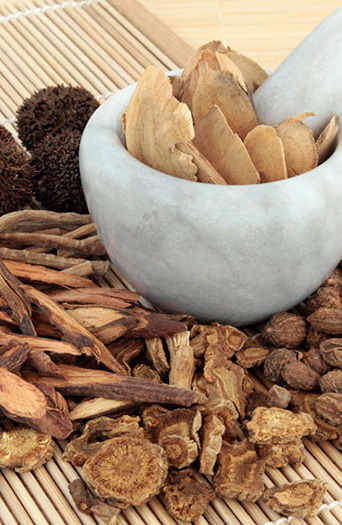Origin: a Latin derivative
meaning "Gift of the Earth."
- Shop
-
Our Story
- View Our Story Home
-
Who we are...
-
Who we are...
An essential oil company changing the world one drop at a time.
- About doTERRA
- Our Story
- Executives
- Science
-
-
What we do...
-
What we do...
Provide pure, high quality essential oils and products.
- About Essential Oils
- What is an essential oil?
- Why doTERRA?
- Essential Oil Safety
-
-
Why we do it...
-
Why we do it...
To empower you and your loved ones to live a wellness lifestyle.
- The dōTERRA Difference
- Co-Impact Sourcing
- CPTG® Quality Control
- Global Botanical Network
- Product Innovation
- Source to You
- Co-Impact Sourcing Projects
- Bulgaria
- Guatemala
- Additional Projects
-
-
dōTERRA[doh-ter-ah]
Video disabled by your privacy settings
-
Discover
- View Discover Home
- Healing Hands
- Product Education
- Blog
- Tools
-
doTERRA Events
 See All Events
See All Events
- Resources
- Help
Part 3: Historic Value of Essential Oils—China

Between 500 and 1300 AD, China was a leading world power with advances in science and technology that superseded any other civilization of the time. Traditional Chinese practices continue to be used to this day and still rely on the use of various plant materials for health and wellness. Legend takes us back to a man named Shennong, an emperor and teacher. Although legend tells us that Shennong understood the effects of plants due to having a transparent body that allowed him to ingest many different herbs and directly “see” how they affected his body, he also left behind texts describing his research on hundreds of different types of plants. Protocols based on his experiences and research have been passed down through generations to this day, and still exert influence on modern health care.
Although the scientific advances made by China were long isolated from the rest of the world, eventually a stable trade route opened up between Europe and Asia. Perfumes, herbs, and spices were commonly traded along this route. Europe quickly became an epicenter of perfumery with scents from sandalwood, chamomile, sage, thyme, lemon, and clove regularly used during personal care regimens.
-
Share
- Share on Facebook
- Tweet this
- Pin it
-
Get Link
- Hi-Res Image




